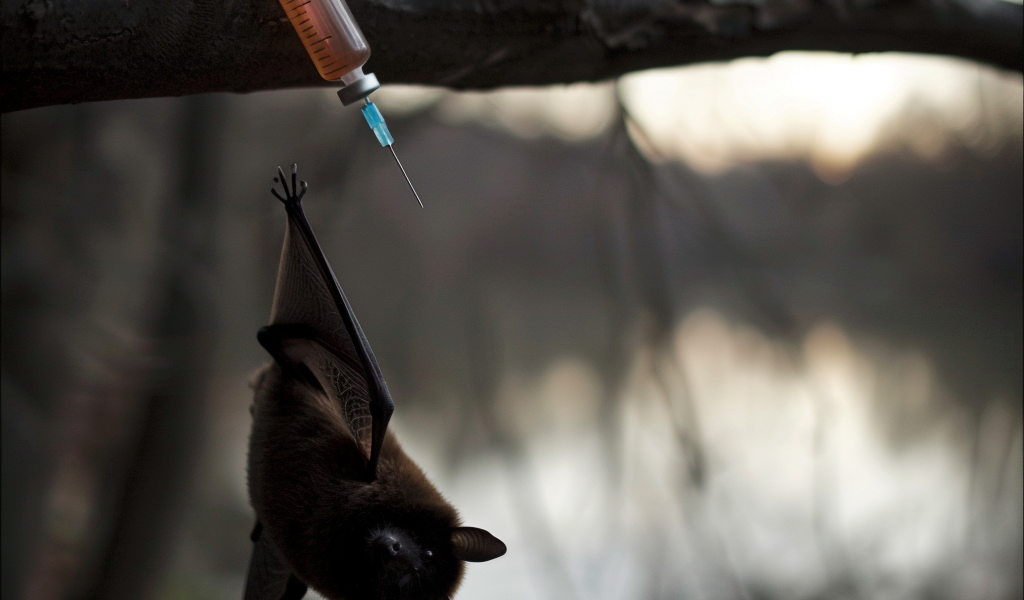A tragic incident in Minnesota has resulted in the death of a patient who contracted rabies after being exposed to a bat earlier this year. This unfortunate case marks the fifth recorded fatality from rabies in the state since 1975, as reported by health officials on Friday.
The Minnesota Department of Health released a statement confirming that the patient had come into contact with a bat in July, although they did not explicitly state that the bat was the definitive source of the rabies infection. The diagnosis of rabies was later confirmed by the U.S. Centers for Disease Control and Prevention (CDC) earlier this month.
Health officials emphasized that there is no ongoing public health risk associated with this case. Rabies is a viral disease that, if untreated, can lead to death. The CDC notes that fewer than ten rabies-related deaths are reported annually across the United States, with approximately 70 percent of these fatalities resulting from exposure to bats.
The history of rabies fatalities in Minnesota includes cases from 1917, 1964, 1975, 2000, 2007, and 2021, all of which were fatal. The Minnesota Department of Health reiterated the critical nature of rabies treatment, stating, “If left untreated, rabies is almost always fatal. Rabies treatment has proven to be nearly 100 percent effective at preventing the disease after an exposure, but it must be started before symptoms of rabies appear.”
This recent case serves as a stark reminder of the importance of seeking immediate medical attention following any potential exposure to rabies, particularly from bats, which are known carriers of the virus. Public health officials continue to advocate for awareness and preventive measures to reduce the risk of rabies transmission.
As the investigation into this incident continues, health authorities are urging individuals to be vigilant and take precautions to avoid exposure to rabies, particularly in areas where bats are known to inhabit. The message is clear: early intervention and treatment are crucial in preventing the onset of rabies, a disease that remains a significant health concern despite being largely preventable.





